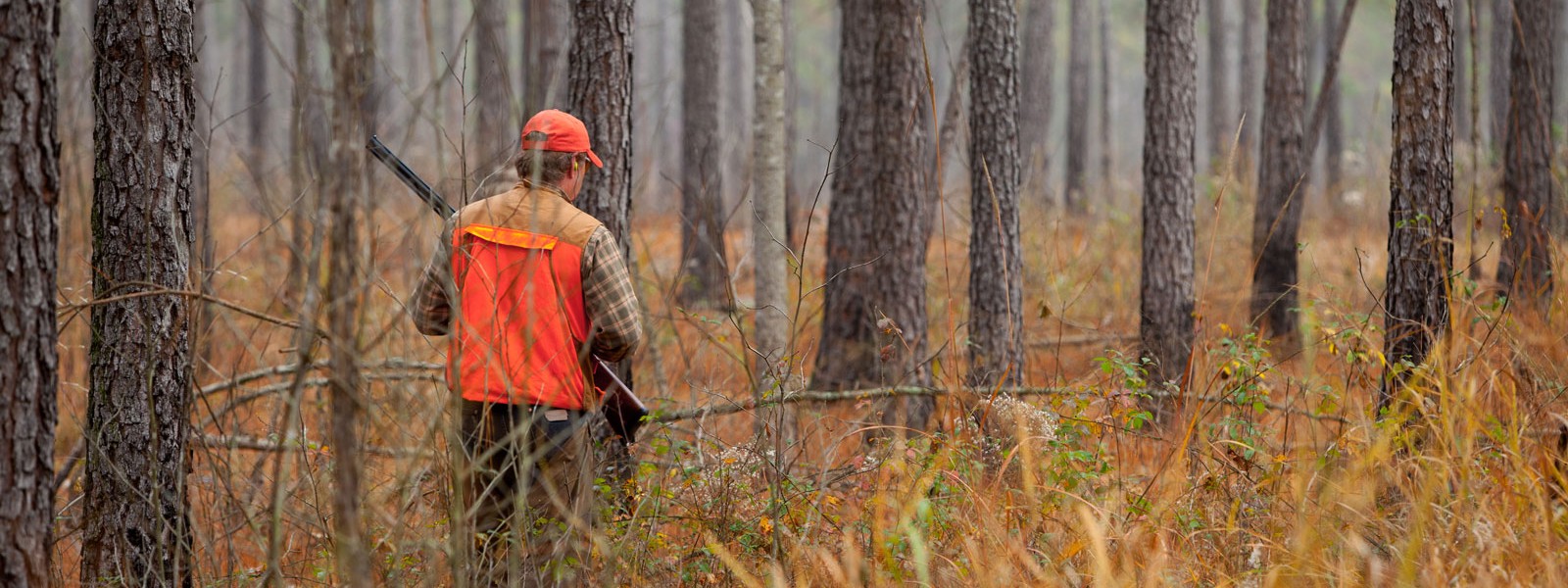When Yellowstone National Park was established in 1872, it was created in a spirit of conservation known as “fortress conservation” or “protectionism.” The idea behind this approach to conservation preached that the best way to preserve valuable lands and biodiversity was to leave it in as natural a state as possible. This strategy enabled the creation of 53 national parks as well as millions of acres of protected public land.
Today, however, the prevailing approach to conservation has shifted. Large-scale, government-led efforts to protect large swaths of land against development certainly still occur, but they are no longer the primary driver. Instead, the leaders of the modern conservation movement are private citizens and organizations focusing on smaller parcels of land but in greater numbers. While “fortress conservation” still takes place, the primary approach to conservation has shifted to one that takes into account the ecological, economic, and intrinsic values of the land and its resources. In other words, the focus is on “sustainable use.”
Last month, a collection of government, private industry, and non-profit agencies came together to conserve a 3,000-acre tract of land in eastern Georgia. Located next to an Army base, there was concern that the land might be developed in ways that were incompatible to the base’s needs. Held up as “a great example of modern conservation” by Andrew Schock, Georgia State Director for the Conservation Fund, the land was put under a conservation easement that will allow for a sustainable forestry operation and access to local hunt clubs. With this approach, the adjacent Army base will no longer have to worry about incompatible development on the land, and the land will still provide jobs and recreational ground to locals.

